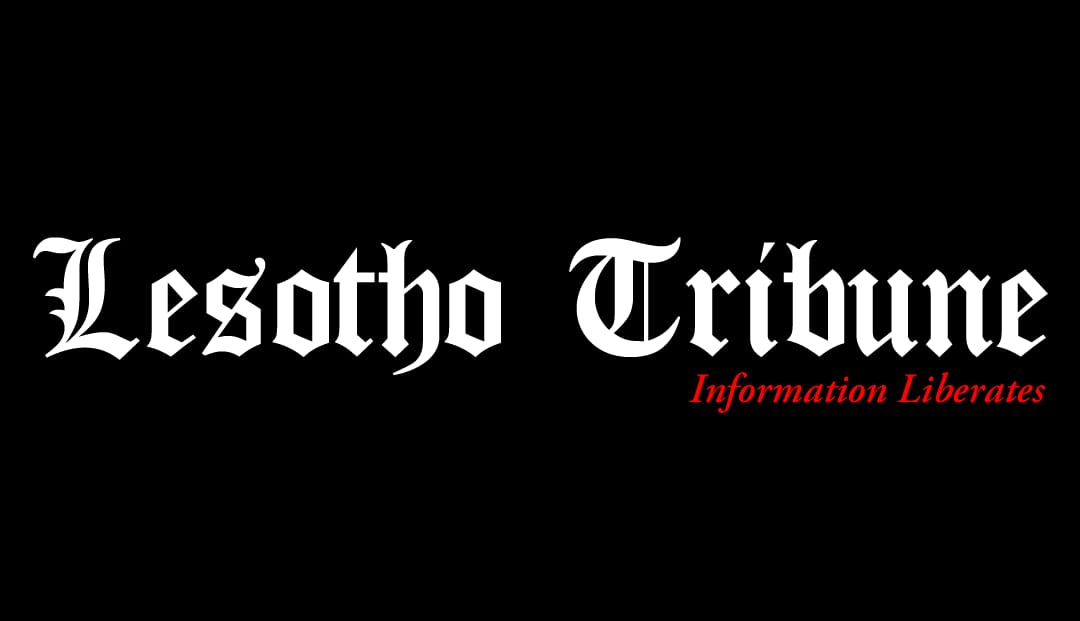Maseru- In today’s interconnected world, where information flows freely across social media platforms and traditional news outlets, child reporting has become a delicate and complex issue. Journalists face a unique challenge when it comes to balancing the need to inform the public and the ethical responsibility to protect the most vulnerable members of society being children. This dilemma is magnified in the digital age, where the lines between journalism ethics, anonymity, and freedom of speech often blur.
Journalism is a powerful tool. It has the potential to inform, educate, and shape societal norms. But with that power comes immense responsibility, especially when children are involved. The ethical standards that govern journalism are clear when it comes to minors: protection must be the priority. The core principles of journalism ethics are truthfulness, accountability, and minimizing harm, demand that journalists treat children with the utmost care and sensitivity.
According to World Vison journalists must minimize harmby recognizing that children, especially those involved in traumatic or sensitive situations, may not fully understand the implications of their involvement in a news story. This principle suggests that children should not be exposed to unnecessary public scrutiny that could harm them emotionally, socially, or physically.
The anonymity of children in news reporting is essential to preserving their dignity and protecting them from potential harm. It is not only about protecting the child in the present but also considering the long-term consequences of publicly identifying a minor in the media. For instance, if a child is involved in a criminal case, naming or showing the child’s face could lead to stigmatization, harassment, or lifelong negative repercussions. Here, ethical journalism calls for restraint.
The rise of social media has further complicated the issue of child reporting. In the digital age, anyone with a smartphone can capture and disseminate information, often bypassing traditional journalistic filters. This trend has made it easier for images and stories of children to be shared without proper context or consideration of ethical principles.
On social media, the lack of gatekeepers means that the anonymity of children can be breached more easily. A child’s image, shared on a platform like Twitter or Facebook, can go viral in minutes, leaving the journalist orsometimes just a random person, no control over how the content is used or interpreted. This raises profound ethicalquestions: Is freedom of expression absolute, or should there be more stringent limits when it comes to reporting on children?
The question of free expression intersects with child reporting because, on the one hand, freedom of expression and press are fundamental rights in most democratic societies. These freedoms are preserved in many constitutions, including Lesotho’s Amendment Law, and are seen as pillars of a free society. However, the freedom to report must be weighed against the harm that could be caused to minors. Here, the ethical challenge lies in ensuring that free expression is exercised responsibly.
The ethical treatment of children in media is not just a local issue but a global one, as highlighted by the United Nations’ Sustainable Development Goals (SDGs). Specifically, SDG 16 is relevant to this discussion. It calls for the promotion of peaceful and inclusive societies and emphasizes the need for access to justice and strong institutions. Part of this goal is ensuring that children are protected from abuse, exploitation, trafficking, and violence. Media organizations play a crucial role in this by adhering to ethical standards that safeguard children’s rights and dignity.
Moreover, SDG 16.2 seeks to end abuse, exploitation, trafficking, and all forms of violence against and torture of children. Reporting on children in a way that respects their privacy and protects their identity aligns with this goal. Journalists must be conscious that their reporting can have real-world impacts, either positive or negative, on the welfare of children.
Anonymity serves as a shield for children who find themselves in the public eye, whether through no fault of their own or due to circumstances beyond their control. This principle has been ingrained in media ethics for decades, where children’s names and faces are often blurred or excluded from reports. While there are exceptions, such as cases where parents grant permission or the child is a public figure, anonymity should generally be the rule, not the exception.
When the identity of a child is crucial to a story, journalists have a responsibility to evaluate whether revealing that identity serves the public interest or simply satisfies curiosity. For instance, in stories involving abuse or exploitation, identifying the child can cause irreparable damage. In these cases, the protection of the child’s image must take precedence over any perceived right of the public to know all the details.
Journalists often find themselves walking a fine line between the right to free speech and their duty to minimize harm. The role of social media complicates this balance further, as content creators without formal journalistic training often overlook ethical considerations when sharing stories involving minors. However, the principles of anonymity and the protection of children should not be seen as a constraint on free expression, but rather as an essential safeguard for those who cannot protect themselves.
Freedom of expression is a critical component of a healthy democracy, but it is not absolute. When it comes to reporting on children, responsible journalism demands that freedom be exercised with a sense of duty, respect, and care. As the digital world continues to evolve, it isessential that ethical guidelines be updated and reinforced to ensure that children’s rights are not compromised in the pursuit of a story.
In child reporting, journalists hold the delicate task of balancing the public’s right to know with the child’s right to privacy and protection. In an age where information spreads at unprecedented speeds, the ethical challenges are greater than ever.
Freedom of expression is an undeniable right, but it comes with responsibilities. Journalists must navigate this terrain with care, ensuring that the stories they tell do not come at the expense of a child’s dignity or future. By adhering to ethical guidelines and protecting children’s anonymity, we not only uphold the standards of our profession but also contribute to a more just and humane society, one that aligns with the principles of SDG 16, which seeks to protect the most vulnerable among us.





